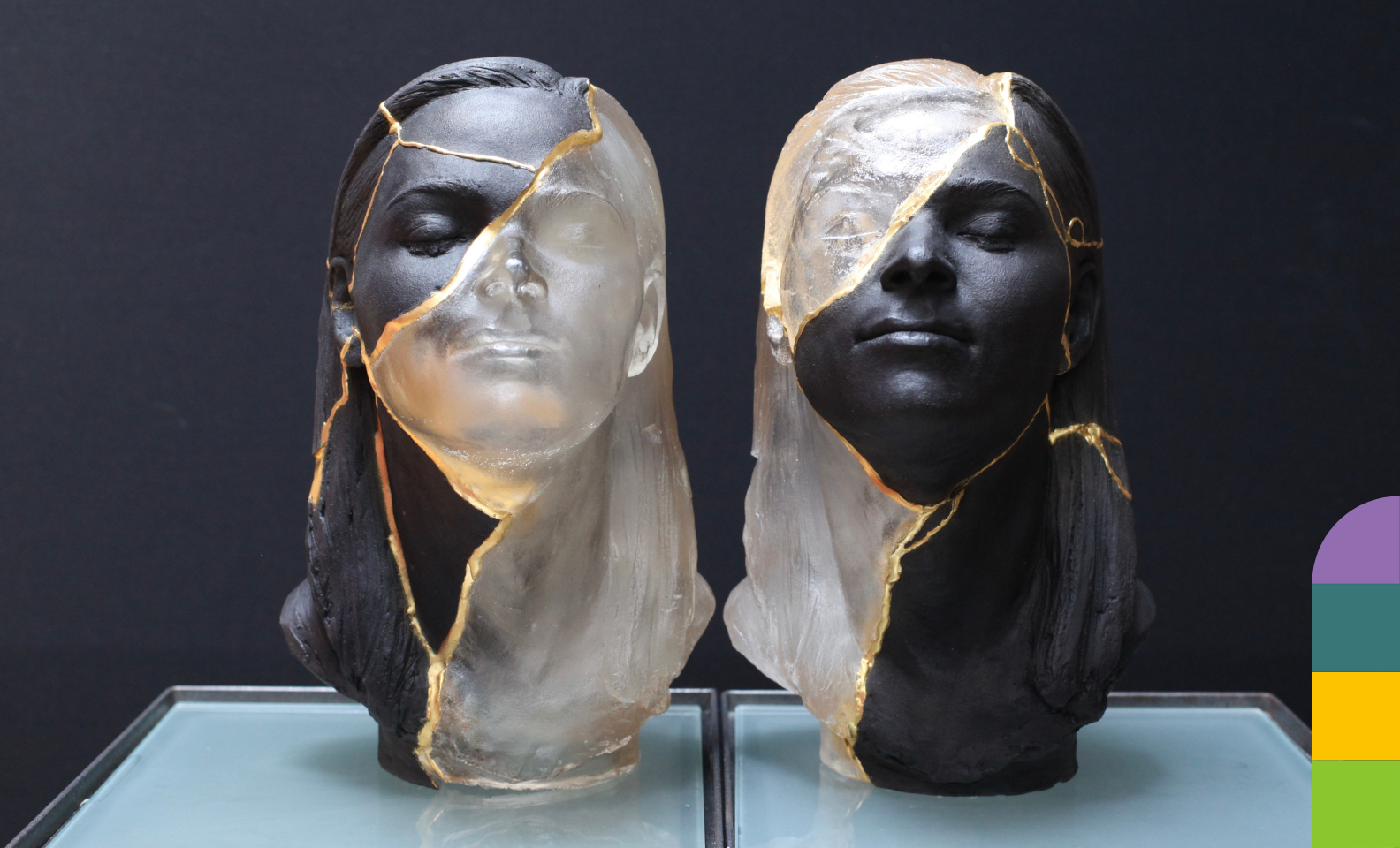The Amazing World of Schizophrenic Art
Schizophrenia is a chronic and severe mental disorder that affects how a person thinks, feels, and behaves. The condition can manifest in a range of symptoms, including hallucinations, delusions, disorganised speech, and disorganised behaviour. n a world where mental illness is often stigmatised and misunderstood, the link between schizophrenia and artistic expression is nothing short of fascinating.
Famous Artists with Schizophrenia
Schizophrenia and creativity have long been associated with each other. Some people with schizophrenia may also have artistic talents or interests that they can pursue as a hobby or a career. Art can be a way of channeling their creativity, imagination, and unique perspective into something meaningful and rewarding. Some famous artists who have had schizophrenia or have been speculated to have it include:
Richard Dadd
Richard Dadd was a brilliant painter who lived with schizophrenia in the 19th century. He had a difficult and tragic life, as his mental illness led him to commit a violent crime and spend most of his years in psychiatric prisons. However, he never stopped expressing himself through his art. He created some of the most detailed and imaginative paintings of his era, such as Fairy Feller, which he worked on for nine years with meticulous care that the canvas is three-dimensional. His work is a remarkable example of his resilience and creativity in the face of hardship and stigma.
Louis Wain
The British artist is famous for his whimsical and colourful drawings of cats. He was diagnosed with schizophrenia later in life and spent his last years in psychiatric hospitals. His cat drawings became more abstract and geometric over time, reflecting his changing mental state.
Yayoi Kusama
The Japanese artist is one of the most influential and prolific contemporary artists in the world. She is known for her polka-dot patterns, infinity rooms, sculptures, and paintings that explore themes of obsession, repetition, and self-obliteration. She has lived voluntarily in a psychiatric hospital since 1977 and has said that her art helps her cope with her hallucinations and fears.
Edvard Munch
The Norwegian painter is best known for his iconic painting “The Scream”, which depicts a figure expressing anguish in front of a distorted landscape. He suffered from anxiety, depression, and alcoholism throughout his life and had a nervous breakdown in 1908. He may have also experienced psychotic symptoms such as paranoia and auditory hallucinations. He recovered from his breakdown and continued to paint until his death at the age of 80.
Schizophrenia, Art and Creativity
Some researchers believe that the altered perception and heightened sensitivity that comes with schizophrenia may contribute to the creative process. Others suggest that the isolation and stigma that often accompany the condition drive individuals towards creative expression as a form of coping.
One of the most striking features of schizophrenia is its ability to produce vivid, intense hallucinations. For some individuals, these hallucinations can manifest as auditory or visual hallucinations, leading to a unique and surreal perception of reality. For artists, this altered perception can be a source of inspiration, leading to creative output that is both strange and fascinating.
Another way that schizophrenia can influence creativity is through the ability to think outside the box. People with schizophrenia often have unusual and unconventional thought patterns, which can lead to creative breakthroughs. These individuals may see connections between seemingly unrelated ideas, leading to innovative and ground-breaking works of art.
The relationship between schizophrenia and the arts is complex, and there are no easy answers to the question of how the condition affects creativity. While some individuals with schizophrenia may find that their condition enhances their creative abilities, others may struggle to find creative outlets due to the debilitating nature of the illness.
Despite the challenges that come with this chronic disorder, some individuals with schizophrenia have used their unique perspectives to create incredible works of art. From surreal paintings to ground-breaking music, the creative output of these individuals has challenged our understanding of what it means to be human.
Through the arts, people with schizophrenia can find a means of expression and connection with others. They can break down barriers, shatter stereotypes, and help to raise awareness about the realities of living with mental illness. By acknowledging the powerful link between schizophrenia and the arts, we can create a more compassionate and inclusive world for everyone.
So let’s celebrate the creativity that can emerge from adversity, and let’s embrace the unique perspectives of those living with schizophrenia. By doing so, we can help to foster a more empathetic and accepting society – one that recognises the value of diverse experiences and embraces the beauty of the human spirit, no matter what form it may take.




